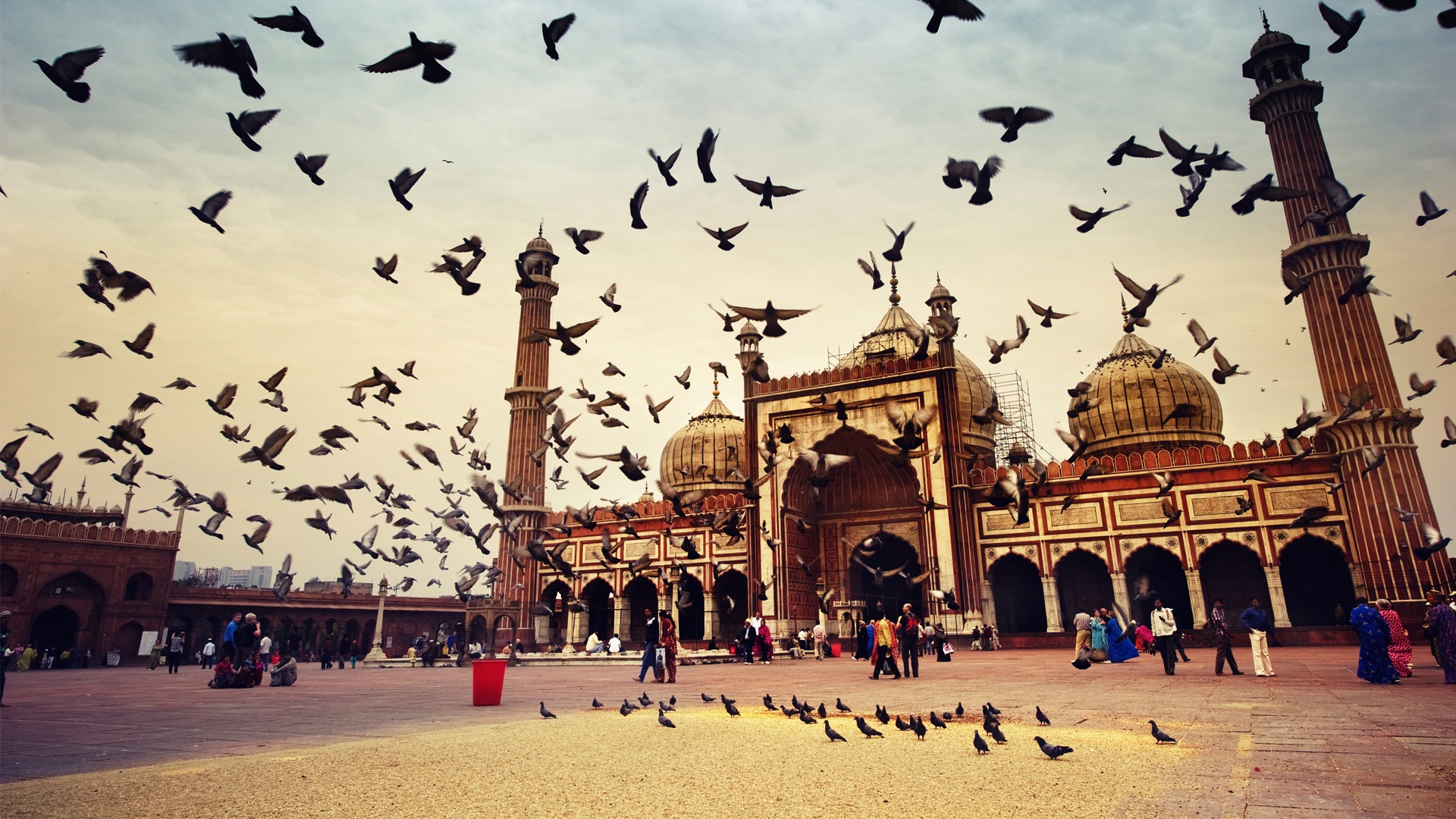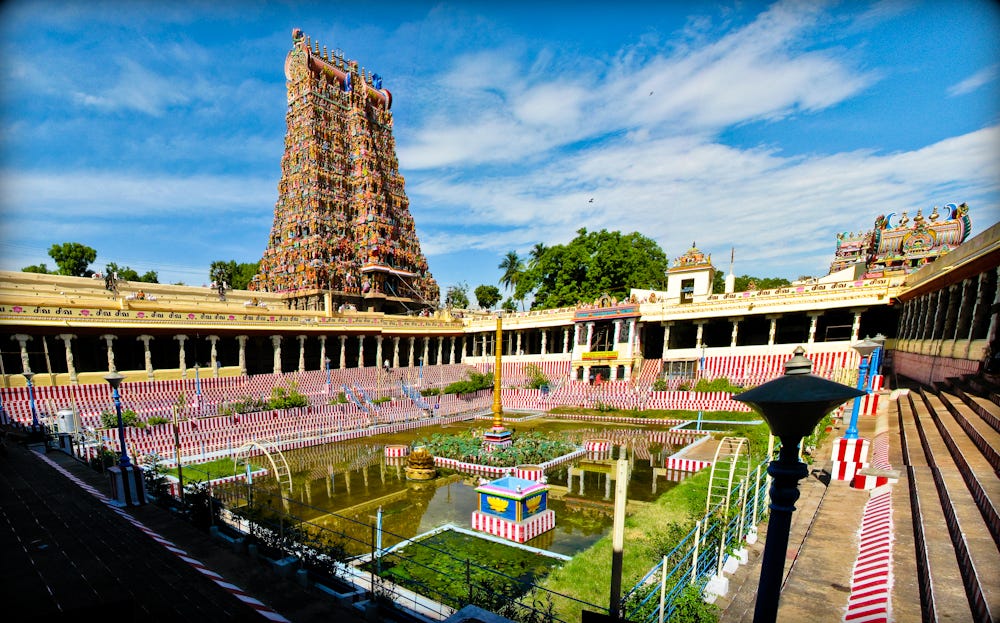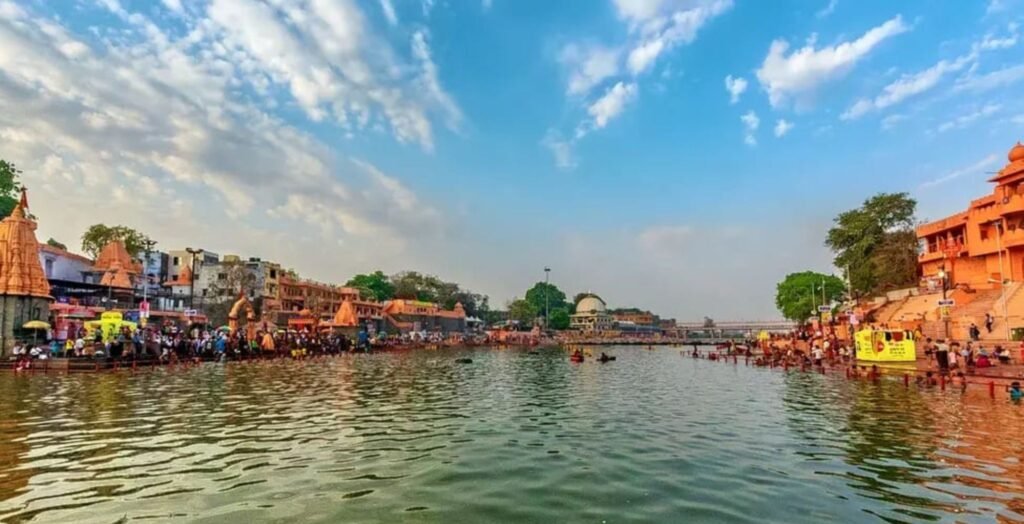India has a special place in the history of the world as the home of ancient civilizations and the birthplace of important religions like Buddhism, Sikhism, Jainism, and Hinduism. With a history spanning more than 5,000 years, India has seen the emergence and collapse of powerful empires, the growth of commercial routes such as the Silk Road, and the deep impacts of colonialism. Important occasions like the Mughal Empire, the Mauryan and Gupta golden ages, and India's freedom movement have molded the country's reputation as a strong and inventive nation.
Historic cities that have withstood the test of time and preserved the core of India's past can be found all over the nation, be it Delhi, the capital of India, or Patliputra (renamed Patna), home to the world’s first University. These cities are still in existence. These cities are ideal for historians since they are full of architectural marvels, spiritual significance, and cultural traditions.
Which are the Oldest Cities of India
The ten oldest cities of India, some of which are even as old as ancient civilizations, are listed here.
Varanasi, Uttar Pradesh
One of the oldest continuously inhabited towns in the world, Varanasi is situated alongside the holy Ganges River and dates back to the second millennium BCE. In the past, it was a center of Vedic philosophy and religion and prospered as a commercial hub known for sculpture, ivory pieces, muslin and silk textiles, and perfumes.
The city's rich religious history is reflected in the important pilgrimage destination, the Kashi Vishwanath Temple, which is devoted to Lord Shiva.
Sarnath, a short distance from Varanasi, is a significant location in Buddhist history since it is where Gautama Buddha gave his first speech.
ALSO READ: These 10 Companies are Richest in India, with Market Cap equal to Small Country GDP
Ayodhya, Uttar Pradesh

Situated in Uttar Pradesh on the banks of the Ghaghara River, Ayodhya is said to be the birthplace of Lord Rama. It is important in Buddhism and Jainism, and has a prominent place in Hinduism.
The newly opened Ram Mandir is evidence of Ayodhya's continued religious significance.
With millions of oil lamps lighting up its streets and ghats, Ayodhya is transformed into a dazzling display during its colorful festivities, especially Diwali.
Patna (Formerly Known as Pataliputra), Bihar
Originally called Pataliputra, Patna was established in the fifth century BCE by Ajatashatru, the Magadha ruler. Under his son Udayin, the city rose to become the capital of the Magadha Empire. As the center of powerful empires for centuries, such as the Mauryan and Gupta dynasties, it flourished as a center of education, culture, and politics.
The city is located on the banks of the Ganges River. The city's history dates back more than 2,500 years. It served as the capital of the Magadh Empire in the past. This ancient city has also been a part of the Maurya and Gupta empires.
Delhi, Capital of India

Delhi has a history that goes back more than a thousand years. It was the hub of several empires, all of which left their stamp on the city's landscape. It has been the capital of the Delhi Sultanate, the Mughal Empire, and others. It is thought to have been the mythical Indraprastha from the Mahabharata. India's significance was cemented in 1911 when the British colonial government relocated the capital to Delhi.
The magnificent Jama Masjid and the imposing Red Fort are located in Old Delhi, which was founded by Emperor Shah Jahan in 1639. In the meantime, New Delhi, which was created in the early 20th century by British architects Lutyens and Baker, exudes colonial grandeur with structures like India Gate and Rashtrapati Bhavan.
Madurai, Tamil Nadu

Known as the "Athens of the East," Madurai is one of the oldest cities in India, having existed for more than two thousand years. It is located in Tamil Nadu on the banks of the Vaigai River and has long been an important religious and cultural hub. The history of the city is interconnected with Tamil literature and the Tamil Sangams, which were once held here every year.
The Meenakshi Amman Temple is a magnificent example of Dravidian architecture located in the center of Madurai. This temple structure dates back to ancient times, with some major modifications having happened in the 16th and 17th centuries under the leadership of Nayak rulers.
Ujjain, Madhya Pradesh

Formerly known as Ujjayini, Ujjain is a city in central India. It was a major hub during the Mauryan and Gupta empires and the capital of the erstwhile Avanti Kingdom.
The Mahakaleshwar Temple, one of the twelve Jyotirlingas devoted to Lord Shiva, emphasizes the city's spiritual significance.
One of the biggest religious festivals in the world, the Kumbh Mela, is celebrated at Ujjain every twelve years on the banks of the Shipra River.
Hampi, Karnataka

Once the prosperous capital of the Vijayanagara Empire, founded in 1336 CE, Hampi is situated in Karnataka along the Tungabhadra River. It became one of the biggest and richest towns in the world by the 16th century, and it was well-known for its opulence and success. But the city was eventually abandoned after suffering a terrible defeat at the Battle of Talikota in 1565.
With its breathtaking remains, Hampi is now a UNESCO World Heritage Site. Devoted to Lord Shiva, the Virupaksha Temple is still a center of worship and features amazing Dravidian architecture.

Comments
All Comments (0)
Join the conversation